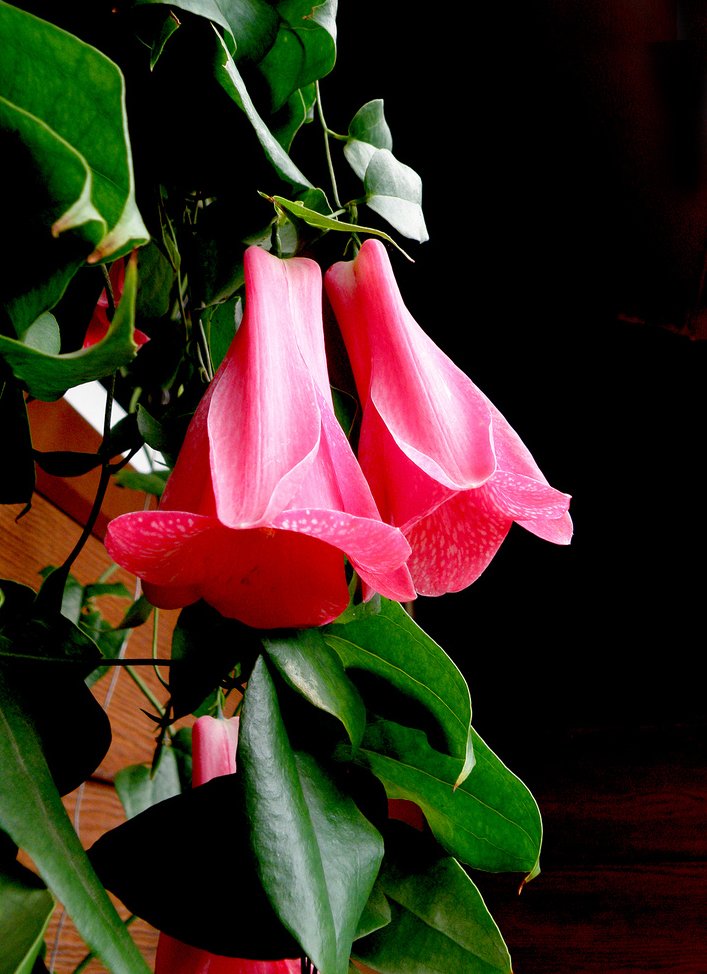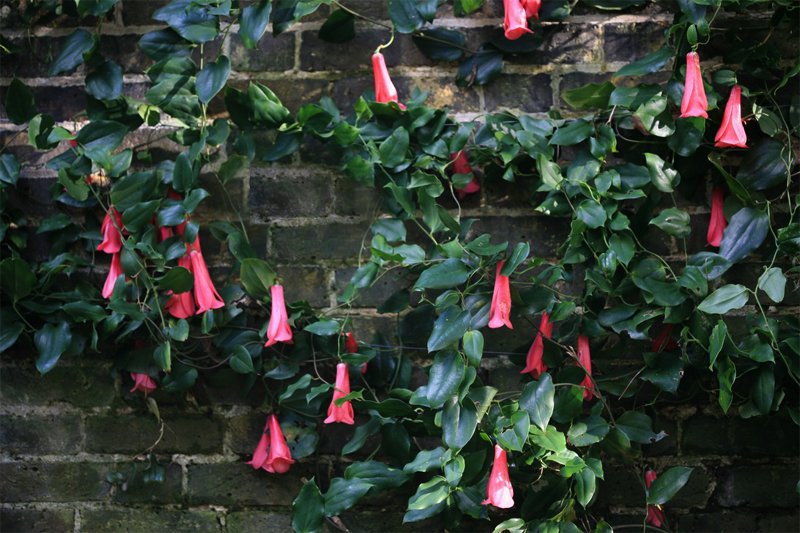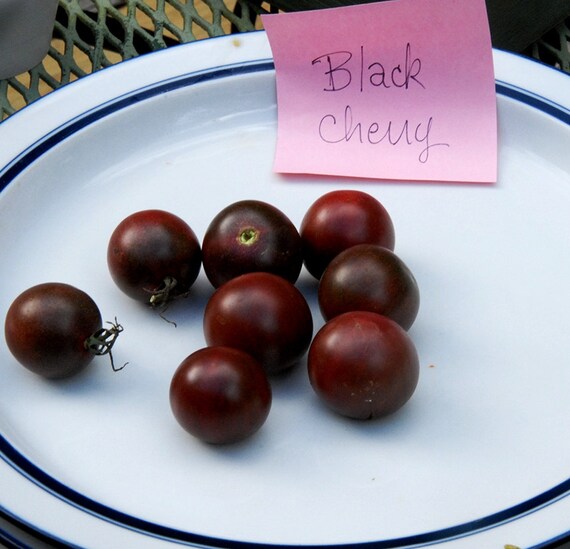 Indigofera tinctoria is the scientific name of true indigo, a plant best known as the source of the blue pigment used to dye denim.
Indigofera tinctoria is the scientific name of true indigo, a plant best known as the source of the blue pigment used to dye denim.
The 3- to 6-foot-tall spreading growth habit bears pale gray-green foliage and pink flowers, making it appropriate for ornamental usage in USDA zones 5 to 9. True indigo is easy to grow from seeds, like all legumes when soil temperatures reach 70 degrees F.
Dye is obtained from the processing of the plant's leaves.
The leaves were soaked in water and fermented in order to convert the glycoside indican present in the plant to the blue dye indigotin. The precipitate from the fermented leaf solution was mixed with a strong base such as lye,
pressed into cakes, dried, and powdered. The powder was then mixed with
various other substances to produce different shades of blue and
purple.
Historically, indigo was a natural dye extracted from plants, and this process was important economically because blue dyes were once rare. Nearly all indigo dye produced today — several thousand tons each year — is synthetic. It is the blue of blue jeans.






































